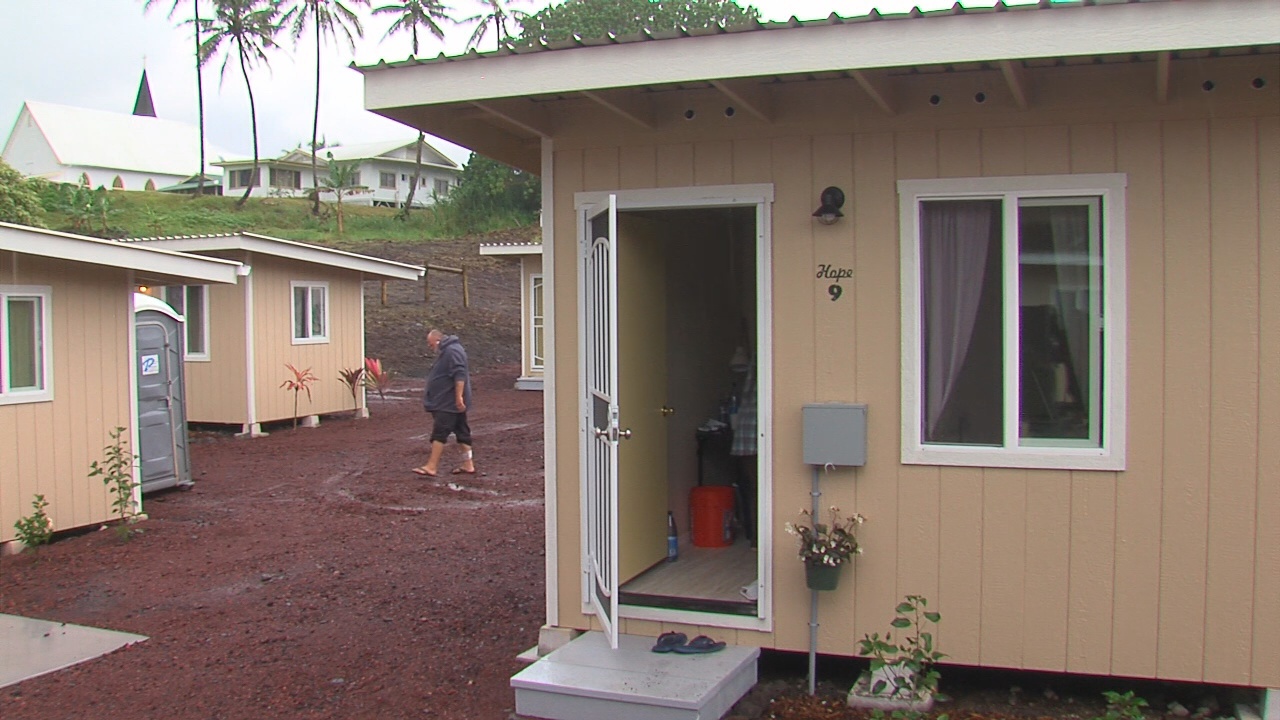(BIVN) – The Hawaiʻi Department of Health on Monday issued a media release, explaining how Hawaiʻi Island is transitioning to “community resources” to meet ongoing crisis counseling needs following last summers eruption of Kīlauea Volcano.
The health department wrote:
When the Kīlauea volcano violently erupted in May 2018 and created the first lava fissure in Leilani Estates, it wreaked havoc on the island. For several months following the initial eruption, there were earthquakes, ash plumes, lava flows and the dramatic collapse of the Kīlauea caldera.
The ongoing eruption also created emotional havoc in the lives of Hawai‘i Island residents. More than 700 homes in the Leilani Estates and Kapoho areas were destroyed, more than 6,000 acres of land in lower Puna were covered with lava, and more than 2,000 individuals were displaced from their homes.
Gov. David Ige immediately signed an emergency proclamation because the magnitude of the incident warranted preemptive and protective action to ensure the safety and health of the residents of Leilani Estates and the surrounding areas. This proclamation authorized the expenditure of state monies for quick and efficient relief caused by the volcanic eruption with federal reimbursements.
The Hawai‘i State Department of Health (DOH) Adult Mental Health Division received about $950,000 to implement a Crisis Counseling Assistance and Training Program (CCP) from the Federal Emergency Management Agency (FEMA) and the Substance Abuse and Mental Health Services Administration (SAMHSA) to support Hawai‘i Island residents during the disaster. DOH contracted with the crisis counseling team of CARE Hawaii, Inc., a local nonprofit organization, to serve on the frontlines and reach out to disaster survivors.
The CCP program provided individuals, families and groups with free counseling services to cope with the extraordinary stress caused by the emergency. Services were provided to disaster survivors in their homes, shelters, temporary living sites or in community spaces. In collaboration with CARE Hawaii, DOH was able to serve more than 3,700 individuals over a period that lasted more than a year.
“We are very pleased with our partnership with CARE Hawaii and the support of other organizations that stepped forward to offer help to Hawai‘i island residents through that difficult period,” said Bruce Anderson, health director. “We witnessed a true spirit of aloha as people came together to help each other.”
Although the eruption has stopped and the initial phase of the crisis is now over, many remain homeless in search of permanent homes and most shelters in the Pahoa area remain 75 percent full. Although emergency proclamation funding is no longer available and officially ends June 20, 2019, those in need of crisis counseling services are being referred to local resources.
For a listing of community resources and human services assistance information, Hawai‘i Island residents may contact the Crisis Line of Hawai‘i, which is available 24 hours a day, 7 days a week, toll free at 1-800-753-6879.


by Big Island Video News11:05 pm
on at
STORY SUMMARY
PUNA, Hawaiʻi - Emergency proclamation funding is no longer available and officially ends June 20, 2019, the health department says, and those in need of crisis counseling services are being referred to local resources.